MS IT
Grade 6
 Students in grade 6 are working on a “creative computing’ unit where we use Scratch, which is a free computer programming language available at http://scratch.mit.edu. With Scratch, students can create a wide variety of interactive media projects – animations, stories, games, and more – and share those projects with others in an online community. The creative computing unit will help develop personal connections to computing, by drawing upon creativity, imagination, and interests. In this class, students will also be revisiting key components of being a digital citizen and will learn about Internet safety concerns they may experience. We started the year with lessons focusing on Google Apps and correct terminology related to hardware, software and applications. This will be continued and reinforced throughout the year.
Students in grade 6 are working on a “creative computing’ unit where we use Scratch, which is a free computer programming language available at http://scratch.mit.edu. With Scratch, students can create a wide variety of interactive media projects – animations, stories, games, and more – and share those projects with others in an online community. The creative computing unit will help develop personal connections to computing, by drawing upon creativity, imagination, and interests. In this class, students will also be revisiting key components of being a digital citizen and will learn about Internet safety concerns they may experience. We started the year with lessons focusing on Google Apps and correct terminology related to hardware, software and applications. This will be continued and reinforced throughout the year.
Grade 7
 Starting this year, robotics at SIS starts with grade 7. Grade 7 students have been exploring and building robots using Lego EV3 Mindstorm. Students apply the Engineering Design Process as they develop their skills and knowledge. Working in groups allows them to assist each other as well as build team work skills. Up to this month, students have learned how to use large and medium motors as well as the touch sensors. Programming the robots and developing flowcharts to help them program the robots is challenging, but interesting at the same time. Students seemed to enjoy making a bumper car and programming remote controls using the touch sensors.
Starting this year, robotics at SIS starts with grade 7. Grade 7 students have been exploring and building robots using Lego EV3 Mindstorm. Students apply the Engineering Design Process as they develop their skills and knowledge. Working in groups allows them to assist each other as well as build team work skills. Up to this month, students have learned how to use large and medium motors as well as the touch sensors. Programming the robots and developing flowcharts to help them program the robots is challenging, but interesting at the same time. Students seemed to enjoy making a bumper car and programming remote controls using the touch sensors.
Grade 8
 In grade 8 computer game design class, students are further developing their programming skills, while exploring more deeply the role of hardware platforms in computing. Using App Lab and Adafruit’s Circuit Playground, students develop programs that utilize the same hardware inputs and outputs that we see in many modern smart devices, and they get to see how a simple rough prototype can lead to a finished product. Starting next week, students will be working on a design challenge that requires them to use the Circuit Playground as the basis for an innovation of their own design.
In grade 8 computer game design class, students are further developing their programming skills, while exploring more deeply the role of hardware platforms in computing. Using App Lab and Adafruit’s Circuit Playground, students develop programs that utilize the same hardware inputs and outputs that we see in many modern smart devices, and they get to see how a simple rough prototype can lead to a finished product. Starting next week, students will be working on a design challenge that requires them to use the Circuit Playground as the basis for an innovation of their own design.
ELL
The Importance of Being Organized
Organization is a vital skill which helps in being more successful in life. Although some children are more organized by nature, it is a skill that can be developed with some easy steps. Prioritizing work and staying organized reduces stress and gives more time to pursue one’s own hobbies.
What does being organized look like for the Secondary student?
- Use of checklists (a ‘to-do list’)
- Maintaining a designated space and time for completion of homework
- Having a pencil case in which to keep their writing tools (pencils, pens, highlighters, etc.) as well as other supplies that are needed, such as scissors and glue sticks
- Having a designated binder (or section of a binder), notebook, and/or folder for each class based on the requirements
- Keeping papers for each class in a designated location (binder, folder, etc.)
- Having a locker that is free of clutter
- Staying on top of due dates for assignments, as well as upcoming quiz and test dates, or missed assignments (regularly checking Google Classroom and PowerSchool)
How does being organized help a student to be successful?
- Students can easily locate assignments or supplies whenever required.
- Ease of accessibility means fewer assignments turned in late, or fewer assignments not turned in, which will lead to higher scores.
- Students will be more prepared for upcoming quizzes and tests because they have recorded assessment dates in their agenda.
- Students show increased confidence due to turning in quality work within the due dates.









